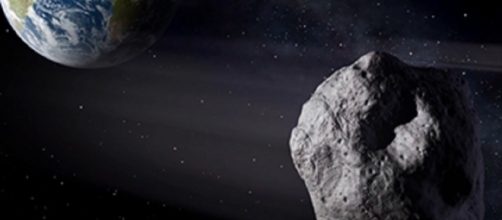With interest in mining asteroids and even snagging pieces of them and bringing them back growing, some are considering what should be done if one of these rocks was headed for a collision with Earth. One such collision wiped out the dinosaurs 65 million years ago. Films such as “Armageddon” and “Deep Impact” depicted what might happen if Earth were threatened with a similar event in modern times. Weapons that were built or envisioned during the Cold War are being repurposed to confront the celestial threat, from old ICBMs and Space-based laser systems.
The Russians are repurposing some obsolete ICBMs for use in deflecting oncoming asteroids. They are particularly looking at a rock called 99942 Apophis, which measures about 1,150 feet. If 99942 Apophis were to hit the Earth it would strike the atmosphere with 750 megatons of energy. The effects would be nothing short of catastrophic. The most dangerous close approach will take place in 2036. The Russians would like to test their ICBM defense system on 99942 Apophis to see how much it would deflect it, presumably to a safer orbit.
In the meantime, experimental cosmologist Philip Lubin at the University of California and a group of scientists have proposed an orbiting system of solar powered “battlestars” that would use lasers to deflect oncoming asteroids.
The idea is that a laser would heat one part of the asteroid, causing it to vaporize. The outgassing would deflect the asteroid away from a collision with Earth. President Ronald Reagan proposed a similar system to shoot down nuclear armed ICBMs launched by the Soviet Union in his SDI or Star Wars proposal. The system was never built, and the end of the Cold War eliminated the need for such a system, at least for a little while.
The rise of rogue nuclear states such as North Korea and Iran has revived interest in space-based missile defense, however. The space based laser system, known as DE-STARLITE, would be launched on NASA’s heavy lift Space Launch System sometime in the 2020s.

